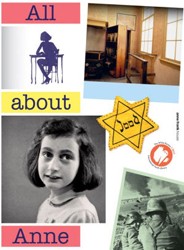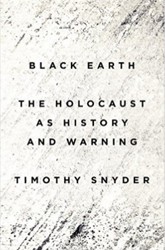A young child enjoys staying at his grandparents’ home where he can draw at grandpa’s old desk with its three drawers. The child’s crayons and pencils are in drawer one, grandpa’s old toys in drawer two, but drawer three is a forbidden, locked mystery until the boy unlocks it. It is there that he finds photographs and family relics of the Holocaust which he is too young to be permitted to see, but which the grandfather feels he must now explain to him.
How old this child is, is a mystery. If he can come up with: “There’s a kind of quiet in Grandma and Grandpa’s house. It is the silence of people who come from a faraway world — a vanished world that still lives in memories,” he must be at least twelve. On the other hand, he might only be age six or younger from the description of his activities and the first drawing, supposedly his, and his sobbing behavior upon being discovered after having opened a locked, forbidden drawer. The collages are beautiful and evocative, but the writing is jumbled. This topic need not be introduced to a child under age eight, otherwise the child is too young to begin to understand the politics and stages of persecution of the Shoah. I recommend instead, The Number on My Grandfather’s Arm by David Adler and The Tattered Prayer Book by Ellen Bari, among others. Both are for ages 8 and up, young enough to start teaching them about this tragedy.





